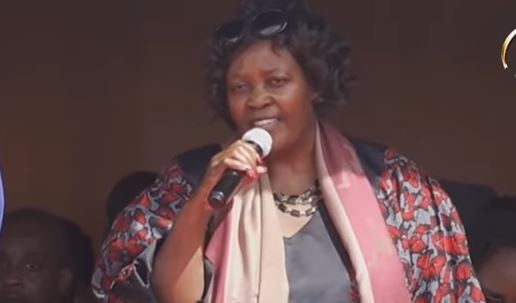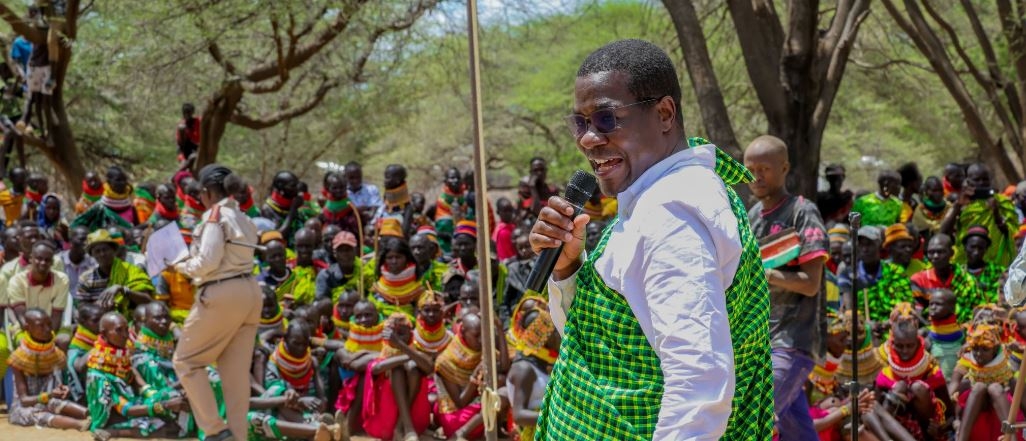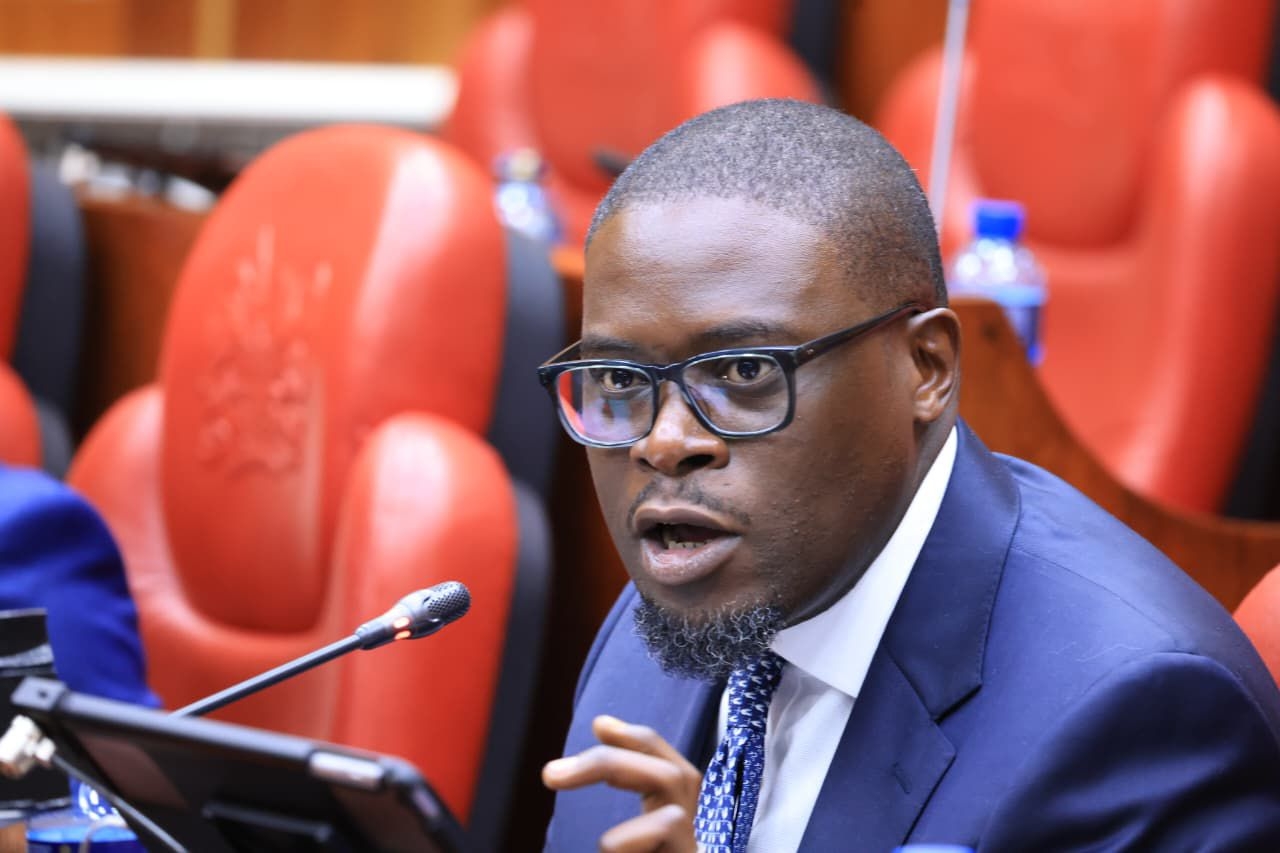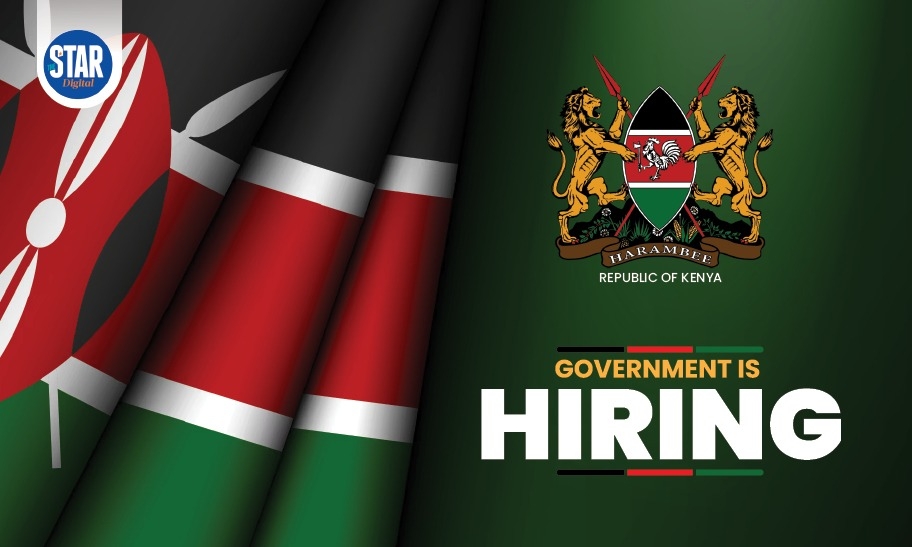Kenyan scientists have made a major milestone in the research of genome sequencing on diseases.
However, despite all their efforts, very little is known about the process that has enabled the experts at the Kenya Medical Research Institute (Kemri) Wellcome Trust to build a name not only in Kenya but in many parts of Africa.
Genome sequencing is a laboratory procedure that determines the order of bases in the genome of an organism in one process.
To enable the public and government authorities to understand the process, Kemri Wellcome Trust Researchers took journalists through the process right from sample collection to the time when the sequencing process was complete and analysed at their Kilifi Centre.
A major role played by the Scientists at Kemri Wellcome Trust Kilifi was during the Covid-19 pandemic, where they managed to sequence different kinds of variants, which was helpful in decision-making and even in getting the country removed from the red list.
Other diseases are cholera, malaria among others.
So far, the researchers have been able to successfully actualise the genome sequencing process at the Kemri Wellcome Trust Kilifi in a cost-effective way due to technology advancements.
Sequencing can be done on humans, animals and natural ecosystems to understand different organisms and how they can be used to protect nature.
Initially, it was implemented through the human genome project, which cost about $2.7 billion in 10 years in the 1990s, though it was never fully completed until very recently.
Dr George Githinji, a senior scientist from Kemri Wellcome Trust Kilifi, said there has been a remarkable development in technology, including sequencing technology and computing technology, which has played a major role in reducing the cost of the genome sequencing process.
“Currently, human genome could cost a range of $2,000 to $5,000. Maybe it would be something between $1,000 and $10,000, depending on your technology of choice and the ease of your samples. This is a remarkable drop in cost,” he said.
He expressed optimism that the cost of sequencing would continue to go down as time goes by due to the technological advancements each day.
Going forward, he said, sequencing will also be used by scientists to improve research in crop yield, animal yield, illnesses and diseases that affect crops and animals.
Githinji was speaking at Kemri Wellcome Trust in Kilifi after taking journalists on a tour of the laboratory to show the entire process of sequencing.
HEALTH APPLICATIONS
He said in human health, there is a wide range of applications, including understanding human health, congenital diseases, neurodegenerative diseases and position medicine. A whole facet of the discipline of diseases in the world aimed at targeting how to approach diseases per individual.
The new application is meant to understand how different individuals respond to prescribed medication as people react differently to prescriptions leading to cases of patients waking up in the middle of the theater.
“Therefore, it is very important to be precise when you are providing these medications. If we can understand from a genomic perspective again, we have a wide area of improvement,” he said.
Githinji said in animal health, they conduct sequencing to understand how infections infect them and how best they can combat the diseases. There is also a wide range of applications for animal health, including vaccines, diagnosis and medicines.
Another area of sequencing is on environmental sustainability, which is important for understanding biodiversity and the environment as there are living organisms where genome sequencing can be applied to understand and preserve those ecosystems.
“We have got the coral reefs, for example; we want to maintain them, we know they are endangered, we want to understand what we can do. Again, quite a wide area of application for genomic sequencing,” he said.
At the Kemri Wellcome Trust, he said they have two main sequencing technologies, including the Illumina, which focuses on short-range sequencing, and Oxford Nanopore technology.
Githinji said they have supported genomic surveillance in the country and in the region. They are working closely with Africa CDC and WHO Afro, which is supporting the Horn of Africa and Indian Ocean Islands with their sequencing capacity.
“We have also done a lot of capacity building in the country and also regionally, working with our partners as far as our pandemic preparedness is concerned, which has quite a large impact,” he said.
Githinji said some of the decisions to make Kenya go out of the Covid-19 pandemic red list were a result of genomic sequencing through data that was collected at the Kemri Wellcome Trust.
He said they also helped in generating data for Seychelles that made it be removed from the red list countries.
HANDLING SAMPLES
During a tour of the laboratory, Jennifer Musyoki, in charge of sample collection, said samples are collected by experts from all over the country and must be shipped with the correct conditions and temperature, together with all the information about that sample.
She said there has to be the correct content of the sample in its right constitution, as when it is low, it will be difficult to sequence.
“The quality of the sample is very important. How it was shipped is of key importance because if it is shipped wrongly, you will notice the many hours it has taken on the road, it will keep on degrading. So by the time it gets here, you cannot get the constitution you are working with,” Musyoki said.
She said sample collection and transportation are key in getting the correct results during sequencing.
The shipping process alone is very expensive and has to be of the right quality to avoid wasting financial resources.
Musyoki said if samples are transported in the wrong conditions, then they will get nothing.
“If your samples were not stored in the proper condition out there, we will get nothing during our extraction,” she said.
She said that during the sample taking of the Covid-19 tests, for example, experts would use either nasal or oral mouth swabs, and the sample has to be maintained in the right medium – the Viral Transport Medium used for transporting the virus in the condition that is rightly required.
When the virus is taken to the lab, it is dissolved and the scientist picks the medium containing the virus.
If the condition of the medium for carrying the virus is tampered with, then the whole process will be useless.
She said each virus has its transport medium for carrying it to be effective, such that Covid-19 has a different medium, and cholera, too, has a different medium for carrying it.
“Even when we are using blood, depending on what you are using the blood for, you will have a different blood collection tube,” Musyoki said.
Once the samples are extracted, they are taken to the sequencing machine and come out in a format that is not readable.
DATA ANALYSIS
John Mwita, a researcher at the Trust, says the data is normally taken to a readable machine for the experts to check it.
“During sequencing, samples are picked in multiple forms and run as one sample,” he said.
“So the first process we do once we get the data is demultiplexing. this means during sequencing, each sample was tagged with a bar code that was unique to a specific sample. So demultiplexing is whereby we separate each sample based on the bar code.”
If, for example, there were 10 samples with bar code 1 to 10, they separate them, each to be on its own.
The second process is the nanopore, whereby the sequences that were amplified during the sequencing are passed through a nanopore, where a signal is emitted that is recorded in the machines.
That’s when they are put in different bar codes, after which the assembling process is done.
“The assembling is whereby we take those sequence reads for each sample and try to batch them for each read to be on the position where it should be,” he said.
Mwita said they use a reference genome, whereby the reads got from the machine are placed on their positions.













